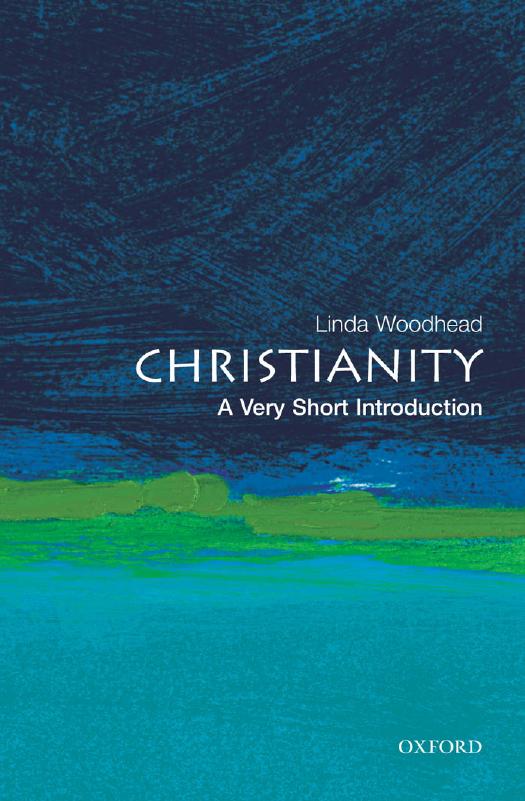Christianity: A Very Short Introduction by Linda Woodhead

Author:Linda Woodhead
Language: eng
Format: epub, pdf
ISBN: 9780199687749
Publisher: OUP Oxford
Published: 2014-08-11T04:00:00+00:00
13. Albi Cathedral, France (1277–1512)
Reformation churches
Given the Catholic Church’s love of unity, the division brought about by the Protestant Reformation of the 16th century was a disaster. The aim of Martin Luther and his allies was to reform the Catholic Church, not to divide it. They were protesting about what they saw as abuses of its power, particularly by the Pope and other wealthy clerics and monasteries. What they sought was a purer, simpler form of Christianity closer to what they saw in the New Testament. They wanted the Bible to be accessible to all Christians, translated out of Latin into people’s own languages, and put in their hands. But even though they eventually precipitated the most important split in Western Christianity, they always remained loyal to the main characteristics of Church Christianity, and the churches they ended up founding belong to this variety of Christianity—in contrast to some other Protestant churches deriving from the Reformation and discussed below which belong to the biblical type.
The Reformation was made possible by several different factors. One was a base in a ‘Germany’ which was not yet a nation but a grouping of independent German-speaking political units, some ruled by princes who were eager to take over the Catholic Church’s wealth and power for themselves. Another was a base of support in the towns and cities, some of which were self-governing, and many of which were as impatient with the Catholic Church’s privileges as the princes. Also important was the growth of a new class of artisans, manufacturers, and traders. As more people were freed from the land, they moved to the rapidly expanding towns and cities. Cities were harder to control than rural areas, ideas could spread more quickly, and some of the new bourgeoisie were receptive to criticisms of existing wealth and power. To this was added a charismatic leader, Martin Luther (1483–1546), a monk and theologian who could take advantage of the recently invented printing press to spread his ideas. Printing made it possible for many more people than before to read a variety of literature and join in theological disputes. Most important of all, it made the Bible much more widely accessible.
Luther read the Bible through the lens of the early Christian bishop and theologian Augustine (354–430). Whereas Aquinas emphasized the goodness of God’s creation, which needs only to be perfected by grace, Luther, drawing on Augustine, emphasized its fallenness. He spoke of the power of God, the sinfulness of man, and humanity’s desperate need of God’s salvation through the unique work of Christ. Humans could be saved only through grace, and the Church was guilty of making it seem too easy to be saved—as if one could get to heaven by good works, not to mention by buying ‘indulgences’ whose profits went straight to Rome. The papacy’s unwillingness to accede to any of Luther’s demands set him on a collision course with the Church of which he had once been a loyal member. After his excommunication by Pope
Download
Christianity: A Very Short Introduction by Linda Woodhead.pdf
This site does not store any files on its server. We only index and link to content provided by other sites. Please contact the content providers to delete copyright contents if any and email us, we'll remove relevant links or contents immediately.
Signature in the Cell: DNA and the Evidence for Intelligent Design by Stephen C. Meyer(3003)
Real Sex by Lauren F. Winner(2939)
The Secret Power of Speaking God's Word by Joyce Meyer(2878)
The Holy Spirit by Billy Graham(2840)
The Gnostic Gospels by Pagels Elaine(2445)
Jesus by Paul Johnson(2278)
Devil, The by Almond Philip C(2249)
23:27 by H. L. Roberts(2169)
The Nativity by Geza Vermes(2153)
Chosen by God by R. C. Sproul(2100)
All Things New by John Eldredge(2083)
Angels of God: The Bible, the Church and the Heavenly Hosts by Mike Aquilina(1905)
The Return of the Gods by Erich von Daniken(1875)
Angels by Billy Graham(1866)
Knowing God by J.I. Packer(1761)
Jesus of Nazareth by Joseph Ratzinger(1744)
Evidence of the Afterlife by Jeffrey Long(1729)
The Gnostic Gospel of St. Thomas by Tau Malachi(1715)
How To Be Born Again by Billy Graham(1710)
